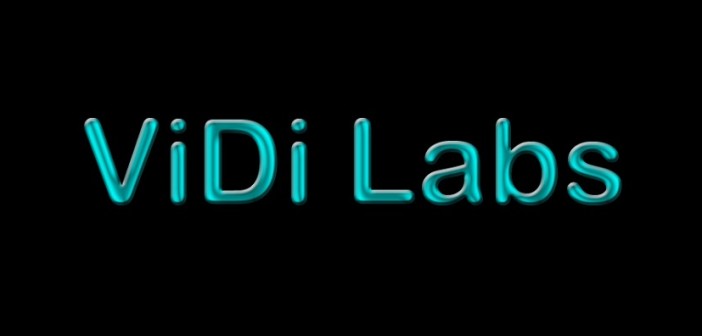
written by Vlado Damjanovski (www.vidilabs.com)
If one thing makes the CCTV industry an interesting one – it is the amazingly quick development of products and technologies. If you want to be on top of things and embrace the new possibilities coming your way, you need to constantly research, read, get some hands-on experience and see how things work.
In the past year or so, I spent considerable time researching and analysing the current Video Management Systems (VMS) trends and products. I had a casino consulting project coming up and I needed to refresh my knowledge. From being deeply connected with some of the pioneering names, such as Maxpro and Dallmeier, in my past consultancy, I needed to move on, get out of my comfort zone and see for myself what else is happening out there.
In this article I am not going to talk about cameras (which is my real speciality, I will leave this for another time), but rather about the current VMS technology, the replacement of the video matrix switcher – what was once the heart of a CCTV system.
I remember some of the very first VMSs, about 15 years ago, were very cumbersome, slow and expensive. I also remember that the acronym VMS, initially meant Virtual Matrix Switcher, Virtual – being the switching that instead of being inside a physical analogue matrix, became a network switching with the appearance of the IP cameras on the market. Gradually, the Video Management System acronym became more common and a more suitable description of what the VMS functions are – managing video, alarms, motion detected events and interfacing to third party systems.
While the analogue matrix switchers had video input cards with certain capacity, and any camera could be plugged into it (the only choice was PAL or NTSC), the VMSs introduced the concept of camera licences per channel. The licensing per channel was introduced because the IP cameras in the beginning of their evolution came out without any standard format, as there was none. Every camera manufacturer had their own protocols, compression and imaging formats. This was the case simply because the technology evolution was faster than the standards development. It just caught the industry off guard. There were simply – no standards (in fact in Australia we still don’t have any, as we are waiting for the Standards Australia to process the adoptation of IEC 62676). So, creative VMS manufacturers invested a lot in writing interfaces to each camera model they could get hold of, and sell such a development based on camera licences.
This enabled for VMS companies to pop like mushrooms, from Russia to Brazil, to try their luck and build computer based VMSs.
So, how good are the VMSs today?
I will try and answer this question through a practical analysis of one particular company which is half Australian, half Brazilian, and which, after learning their qualities, I respect highly – Digifort…Click here to read full article.






